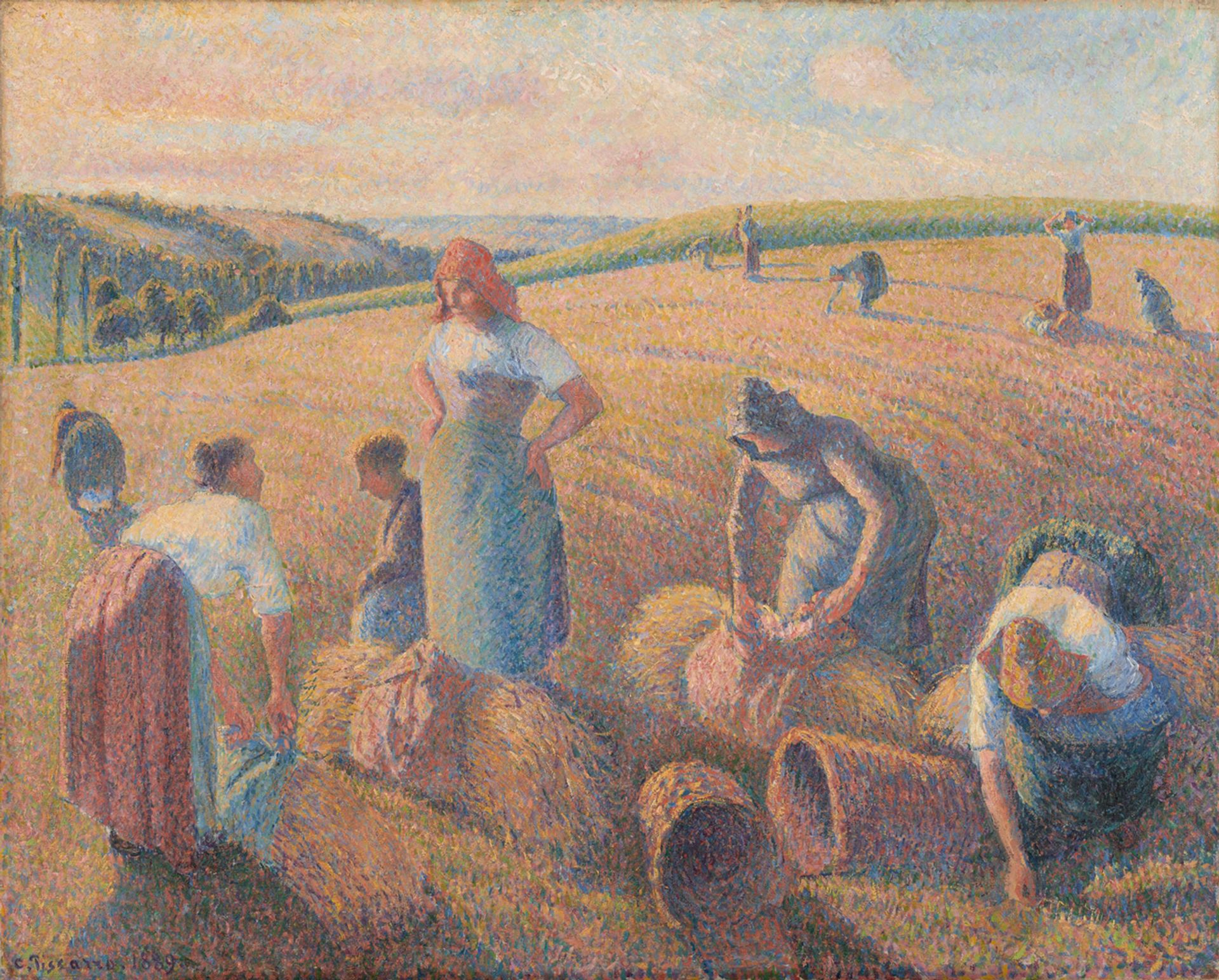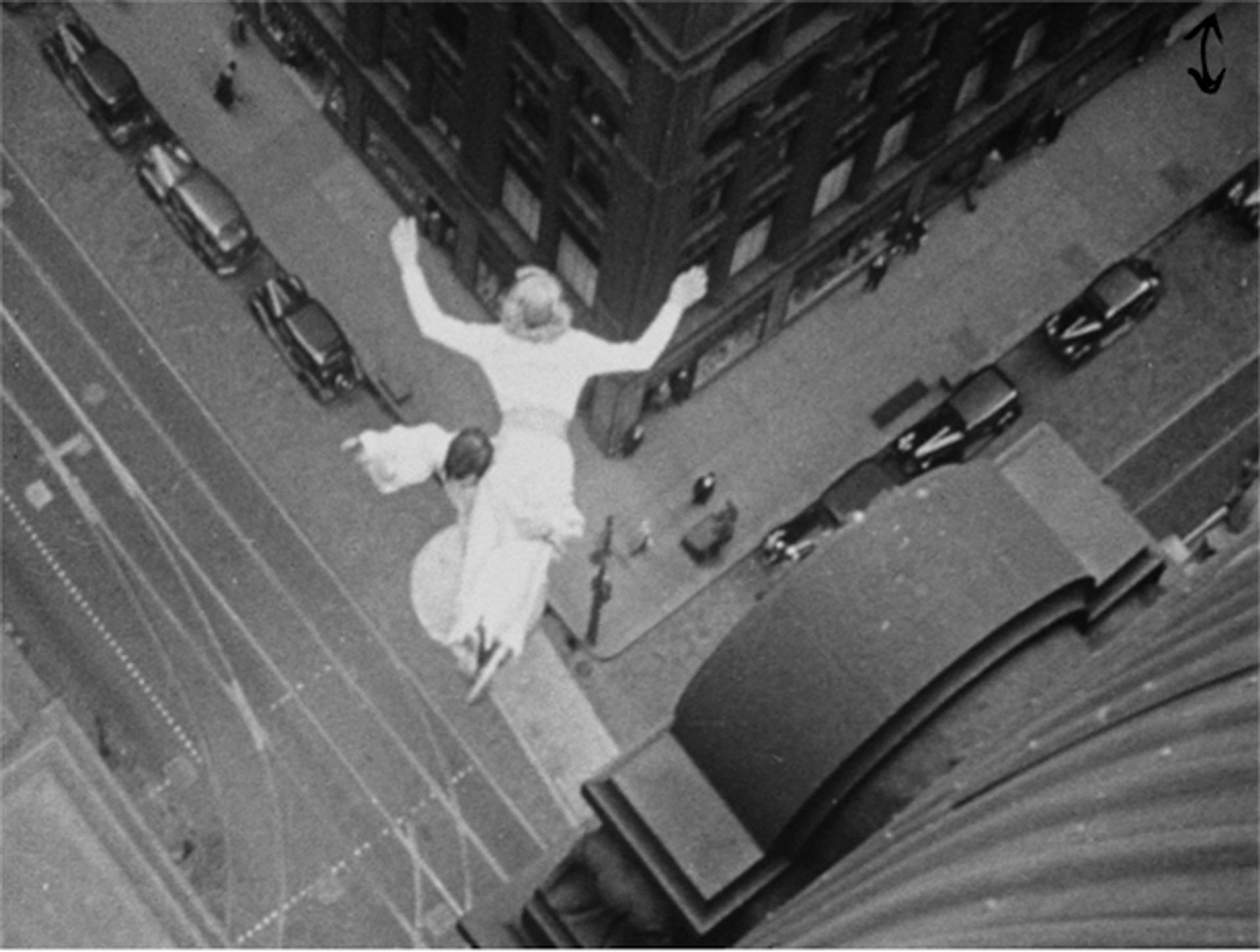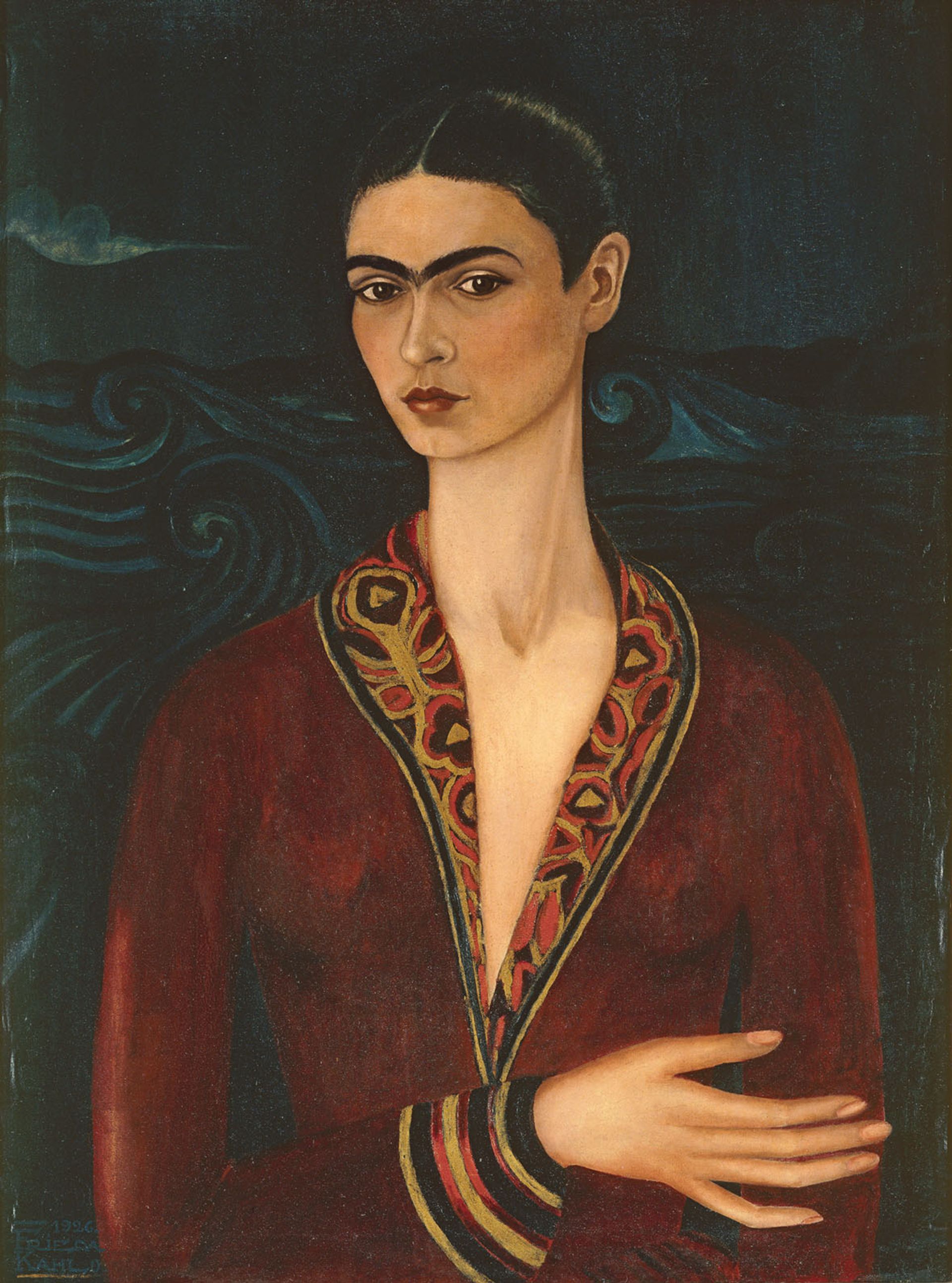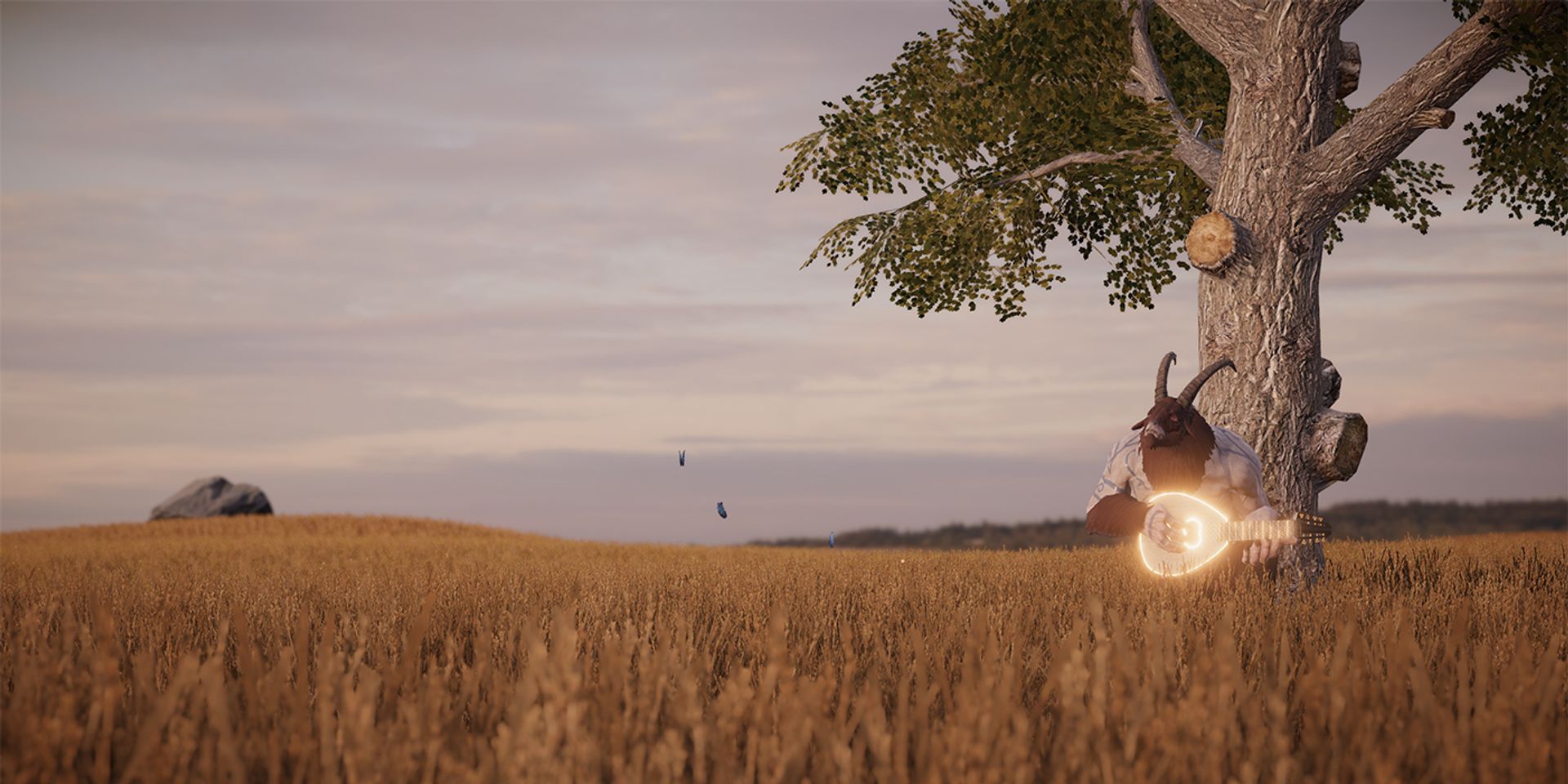Every year as the art world descends on Basel for its flagship fair, the city's numerous museums and other non-commercial art spaces put on their biggest and boldest shows. Here are five exhibitions for art lovers wishing to escape the throngs of the Messeplatz.

Installation view of Kara Walker's A Black Hole is Everything a Star Longs to Be at Kunstmuseum Basel Courtesy of Kunstmuseum Basel
Kara Walker: A Black Hole is Everything a Star Longs to Be
until 26 September, Kunstmuseum Basel Hauptbau
Kara Walker’s first major solo show in Switzerland pairs new works by the American artist with 600 unseen drawings, collages and writings that have been locked away in her studio for the past 28 years. “She has hidden these drawings from the public and sometimes also from herself because they were either too intimate and too painful or too shocking to confront the audience with,” says the exhibition’s chief curator Anita Haldemann. Included in the show are Walker’s well-known cut-outs that address racist stereotypes, many of them based on minstrel shows popular in the US during the 19th century. A 38-part series of graphite and ink drawings, acquired by the Kunstmuseum Basel in 2019, sketchily depicts the violence enacted on African American bodies used as test subjects in 19th-century medicine. Several of the exhibition’s works also depict former US president Barack Obama, who Walker views as a heroic yet tragic figure and portrays in a variety of guises, including as an African tribal leader and as Shakespeare’s Othello, holding the severed head of another former US president, Donald Trump. KJ

Camille Pissarro's, Les Glaneuses (1889) Photo: Kunstmuseum Basel - Jonas Haenggi
Camille Pissarro: The Studio of Modernism
Until 23 January, Kunstmuseum Basel Neubau, St. Alban-Graben 20
An ambitious and comprehensive Pissarro retrospective—the largest Swiss show on the artist for 60 years—takes a fresh view on the French artist, whose "place in 19th-century art is underestimated and deserves to be re-examined and reassessed", according to the show's curator Josef Helfenstein. Comprising nearly 200 works, including over 100 paintings, it presents Pissarro as the “hidden leader” of the Impressionists and emphasises his influence on his colleagues and contemporaries, including Monet, Cézanne, Degas, Cassatt, Gauguin, Seurat and Signac, whose work is shown alongside. Among the show's surprises is Turpitudes Sociales (1889-90), an album of ink sketches about the exploitation of workers in capitalist society. Pisarro drew this for his nieces Esther and Alice Isaacson, who were then living in London. Another highlight is the Kunstmuseum’s Neo-Impressionist painting Les Glaneuses (1889), which is presented alongside Pissarro's preparatory gouache. MB

Still from Bruce Conner's A Movie (1958) Courtesy of Museum Tinguely
Bruce Conner: Light Out of Darkness
Until 25 November, Museum Tinguely, Paul Sacher-Anlage 1CH
During his varied career, the postwar artist Bruce Conner produced a sizeable body of experimental films, a selection of which are now presented to assert the artist as one of the most influential figures in 20th-century video art. Conner was well known for his quick-cut method of editing and overlaying his works with pop music, leading many to credit his work as a precursor to the music video. This is best exemplified by Mea Culpla (1981), in which animated graphics of historical physics teaching films are spliced and reversed to dizzying effect. The exhibition also explores how the artist explored the dread of nuclear apocalypse that pervaded postwar America: Crossroads (1976), a 36-minute film, assembles footage of the first U.S. underwater atom bomb tests at Bikini Atoll in 1946. Nine of Conner’s early assemblages and installations, many of them made low-quality, ephemeral materials such as nylon, wax or worn textiles and thus rarely seen, are also exhibited. KJ

Frida Kahlo's Self Portrait in a Red Velvet Dress (1926)
Close Up
Until 2 January 2022, Beyeler Foundation, Baselstrasse 101
An exhibition of portraits and self-portraits has gained an unexpected resonance in the age of mandatory face masks. Close-Up charts the evolution of portraiture from 1870 to the present through around 100 works by nine women artists: Berthe Morisot, Mary Cassatt, Paula Modersohn-Becker, Lotte Laserstein, Frida Kahlo, Alice Neel, Marlene Dumas, Cindy Sherman and Elizabeth Peyton. Vischer hopes that Close-Up will yield new perspectives and comparisons between the nine chosen artists. While each has achieved recognition through solo exhibitions, their grouping here aims to shift the emphasis from individual life stories to the power of the artist’s gaze. In selecting works as diverse as Cassatt’s tender scenes of motherhood and Sherman’s grotesque photographic caricatures, Vischer says her starting point was simply: “Who is making excellent and challenging art, and who in their time took a new step in the history of portraiture?” Laserstein’s 1928 painting In My Studio, for instance, depicts the 29-year-old artist as an androgynous New Woman in Weimar-era Berlin absorbed at her easel. In the foreground is the figure of her reclining nude model captured in fine detail—a visual declaration of Laserstein’s skill in a genre that was for centuries reserved for men. HM

Theo Triantafyllidis, Pastoral (Video Game), 2019 , screenshot. Courtesy the Artist and The Breeder Gallery, Athens
Radical Gaming
Interactivity is a key component to all of the show’s works, which include Lawrence Lek’s Nøtel (2018), a fully automated virtual luxury hotel infused with layers of encrypted securities, and Pastoral (2019) by the Greek artist Theo Triantafyllidis, in which the viewer is invited to embody the avatar of a muscular orc strolling through the idyllic landscape of cornfields glowing in the sun. A running thread throughout the show is how younger contemporary artists have diverted from the traditions of game art, a genre of art that has existed for several decades and which closely mimics the aesthetics of popular video games. The role of identity politics in video games is probed too, with several artists examining how fantasy spaces unbound from real world structures can be liberating environments for oppressed people and communities. In Resurrection Lands (2020), the British artist Danielle Brathwaite-Shirley creates video games that are also manifestos of empowerment for Black trans communities. And Jacolby Satterwhite depicts the virtual world of a post-pandemic environment where Black female CGI characters, modelled and transcribed through digital bodysuits, use ritual and movement as a means of resistance. KJ

